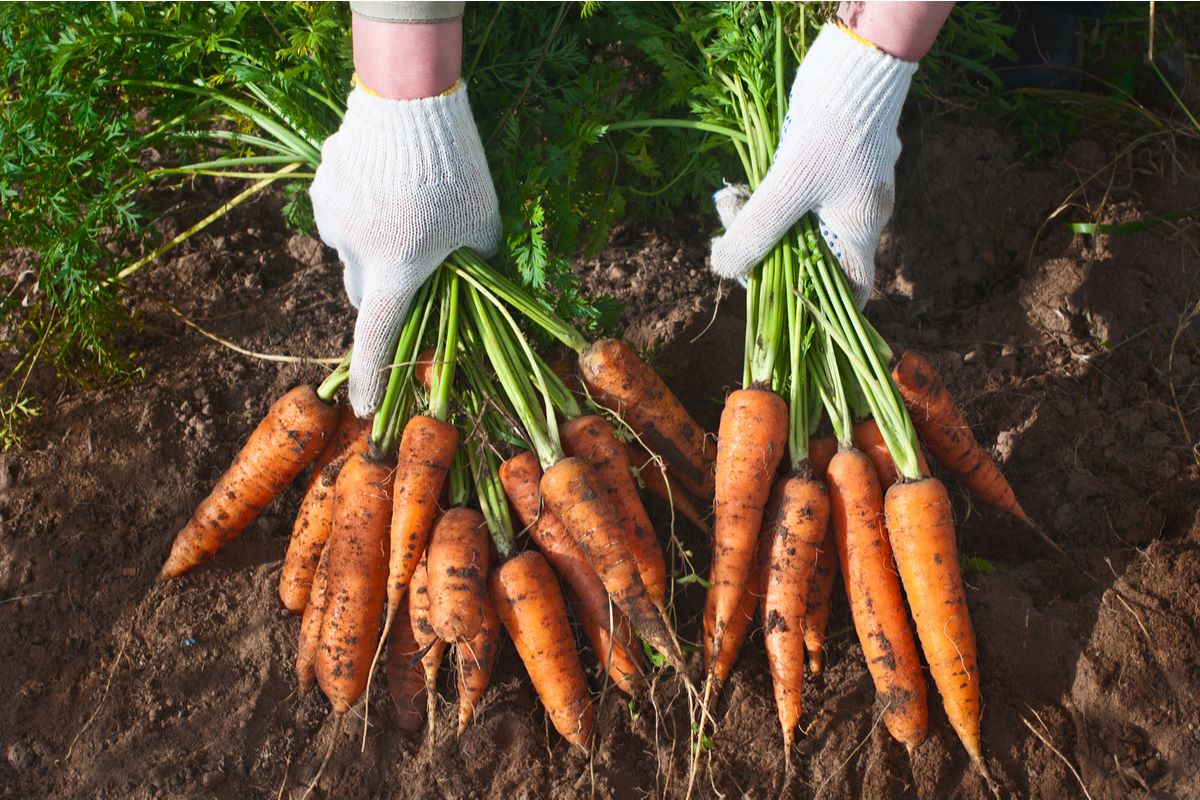

Articles
How To Store Freshly Harvested Carrots
Modified: January 19, 2024
Learn how to properly store freshly harvested carrots to keep them fresh and crunchy for longer. Read our informative articles for valuable tips and tricks.
(Many of the links in this article redirect to a specific reviewed product. Your purchase of these products through affiliate links helps to generate commission for Storables.com, at no extra cost. Learn more)
Introduction
Freshly harvested carrots are not only delicious and nutritious, but they can also be stored for extended periods, allowing you to enjoy their goodness throughout the year. Properly storing carrots is essential to maintaining their freshness, flavor, and texture. In this article, we will guide you through the process of storing freshly harvested carrots, whether you have access to a refrigerator, a root cellar, or even just basic pantry storage.
By learning the best practices for carrot storage, you can preserve their quality, prolong their shelf life, and avoid any unnecessary waste. So, let’s dive in and explore the various methods of storing carrots to ensure that you can enjoy these vibrant and versatile vegetables for months to come.
Key Takeaways:
- Properly storing freshly harvested carrots is essential to maintain their freshness, flavor, and texture. Choose, harvest, clean, and store them with care to enjoy their vibrant goodness for months to come.
- Whether in a refrigerator, root cellar, or sand/sawdust, there are various effective methods to store freshly harvested carrots. Regularly check and maintain storage conditions to ensure their longevity and quality.
Read more: How To Store Fresh Garden Carrots
Choosing the Right Carrots for Storage
When it comes to storing carrots, choosing the right ones is crucial. Opt for carrots that are firm, fresh, and free from blemishes or signs of decay. Look for carrots with vibrant orange color and a crisp texture. Avoid carrots that are limp, rubbery, or have soft spots.
Size also matters when selecting carrots for storage. Ideally, choose medium-sized carrots, around 1-2 inches in diameter. Larger carrots may have a woody core and may not store as well. Additionally, avoid baby carrots or pre-cut ones as they tend to have a shorter shelf life.
If you are harvesting carrots from your own garden, ensure that they are fully matured before storing them. Carrots should be left in the ground until they have reached their maximum size and have developed a deep orange color. Gently pull them out of the soil, being careful not to bruise or damage the roots.
Remember, the quality of the carrots you choose for storage will directly impact their longevity and flavor, so take the time to select the best ones available.
Harvesting Carrots
Harvesting carrots at the right time is crucial for optimal storage. Carrots are generally ready for harvest when their tops have reached a diameter of about 1 inch and have a healthy green color. To harvest your carrots:
- Gently loosen the soil around the carrots using a garden fork or shovel.
- Grab the carrot tops close to the crown and pull them out of the ground.
- Be careful not to break or damage the carrots while pulling them out.
- If the soil is compacted, you can use your hands to remove any remaining dirt from the carrots.
- Avoid washing the carrots at this stage, as excess moisture can promote rotting during storage.
Once harvested, it’s essential to handle the carrots with care. Rough handling or dropping can result in bruising or damage, which can affect their storage life.
If you plan on storing carrots that you’ve purchased from a local farmer’s market or supermarket, make sure to check the freshness by examining their tops and overall appearance. Select carrots that are free of blemishes, signs of shriveling, and mold. Additionally, ensure that the tops are intact and not wilted.
By harvesting carrots at the right time and handling them delicately, you can maximize their shelf life and overall quality for storage.
Cleaning and Preparing Carrots for Storage
Before storing carrots, it’s essential to clean them properly to remove any dirt or debris. Follow these steps to clean and prepare your carrots for storage:
- Start by removing the greens. Cut off the tops of the carrots, leaving about an inch of the stem.
- Next, gently wash the carrots under running water, using a vegetable brush to scrub away any dirt or residue.
- Ensure that you clean each carrot thoroughly, paying attention to any crevices or uneven surfaces.
- After washing, allow the carrots to air dry completely. Excess moisture can promote spoilage during storage, so make sure they are fully dry before proceeding.
- If your carrots have any cuts or wounds, it’s best to consume them promptly rather than storing them. These damaged areas are more prone to decay and can affect the overall quality of the stored carrots.
By properly cleaning and preparing your carrots, you can remove any potential contaminants and help prolong their shelf life in storage. Remember, the drier the carrots are, the better, as excess moisture can lead to rotting and spoilage.
Sorting and Selecting Carrots for Storage
Before storing your freshly harvested or purchased carrots, it’s important to sort and select them carefully to ensure that you are storing only the best-quality ones. Follow these tips for sorting and selecting carrots for storage:
- Inspect each carrot individually, looking for any signs of damage, such as bruises, cuts, or soft spots. These damaged areas are more prone to decay and can affect the overall quality of the stored carrots.
- Separate the carrots into different piles based on their size. This will allow you to store them more efficiently and ensure that smaller carrots don’t get lost among larger ones.
- Consider the storage duration when sorting. If you plan to consume some carrots sooner rather than later, set aside the ones that are slightly damaged or have a shorter shelf life.
- If any carrots have their greens still attached, trim them down to about an inch from the crown. Leaving longer greens can cause them to draw moisture from the carrots, leading to wilting and decay.
By taking the time to sort and select your carrots for storage, you can ensure that only the best-quality ones make it into your storage containers or areas. This will help prolong their shelf life and maintain their taste and texture over time.
Store freshly harvested carrots in a cool, dark place with good ventilation, such as a root cellar or refrigerator. Remove the tops to prevent moisture loss and store them in a perforated plastic bag or container with damp paper towels to maintain their crispness.
Read more: How To Store Fresh Carrot Juice
Storing Carrots in the Refrigerator
The refrigerator is a convenient storage option for carrots that allows you to extend their freshness and maintain their crispness. Follow these steps to store carrots in the refrigerator:
- Choose a storage container: Select a perforated plastic bag, a zip-lock bag with small holes punched, or a vegetable storage container with air vents. These containers allow for proper airflow and prevent excessive moisture buildup.
- Place the carrots in the container: Arrange the carrots in a single layer in the container, making sure they are not overcrowded. You can separate the carrots by size if desired.
- Store in the crisper drawer: Place the container with the carrots in the crisper drawer of your refrigerator. The cool temperature and controlled humidity in the drawer will help maintain the carrots’ freshness and texture.
- Keep away from ethylene-producing fruits: Carrots are sensitive to ethylene gas, which can cause them to spoil faster. Therefore, it’s best to store carrots away from fruits like apples, bananas, and melons that produce ethylene gas.
- Check regularly: Periodically check the carrots for any signs of spoilage or decay. Remove any carrots that have gone bad to prevent the spread of rot to the other carrots.
- Use within a few weeks: When stored properly in the refrigerator, carrots can typically last for a few weeks. However, for the best flavor and quality, it’s recommended to consume them within two to three weeks of storage.
Storing carrots in the refrigerator is an easy and effective method to prolong their shelf life and keep them fresh. With proper storage, you can enjoy crisp and tasty carrots for a longer period.
Storing Carrots in the Root Cellar
If you have access to a root cellar or a cool, dark, and well-ventilated location, storing carrots in this traditional way can preserve their freshness and flavor. Follow these steps to store carrots in a root cellar:
- Preparing the root cellar: Ensure that your root cellar is clean, dry, and free from any pests. Check for proper ventilation to maintain the optimal humidity and temperature conditions.
- Removing excess soil: Gently brush off any excess soil from the carrots. Avoid washing or exposing them to water, as the moisture can lead to decay.
- Create a storage bed: Create a bed of damp sand, sawdust, or peat moss on the floor of the root cellar. This will provide a suitable environment to store the carrots while keeping them cool and preventing drying out.
- Place the carrots in layers: Arrange the carrots in a single layer on the bed of sand or sawdust, ensuring that they are not touching each other. Cover them with another layer of damp sand or sawdust.
- Inspect and rotate: Periodically inspect the stored carrots, removing any that show signs of spoilage. Rotate the carrots every few weeks to ensure even air circulation and avoid any potential moisture buildup.
- Monitor temperature and humidity: Keep an eye on the temperature and humidity levels in the root cellar. Ideally, the temperature should be around 32-40°F (0-4°C), and the humidity should be around 90-95% to maintain the carrots’ freshness.
Storing carrots in a root cellar provides a natural and traditional method of preservation. The cool and dark environment helps to slow down their respiration rate and maintain their quality for an extended period, allowing you to enjoy homegrown carrots throughout the winter months.
Storing Carrots in Sand or Sawdust
If you don’t have access to a root cellar, an alternative method to store carrots is by using sand or sawdust. This technique provides insulation and helps maintain the carrots’ moisture levels while keeping them cool. Follow these steps to store carrots in sand or sawdust:
- Choose a suitable container: Select a sturdy container with good ventilation, such as a wooden crate or a plastic storage box with small holes for airflow.
- Fill the container with sand or sawdust: Pour a layer of clean, dry sand or sawdust at the bottom of the container. Ensure the layer is about one inch deep.
- Place the carrots in layers: Arrange the carrots on top of the sand or sawdust in a single layer. Make sure the carrots are not touching each other. Cover them with another layer of sand or sawdust, completely burying the carrots.
- Continue layering: Repeat the process of alternating layers of carrots and sand or sawdust until all the carrots are stored. Make sure the final layer is of the insulating material.
- Store in a cool location: Place the container in a cool, dark, and dry location, such as a basement or a garage. The temperature should ideally be around 32-40°F (0-4°C).
- Regularly check for spoilage: Monitor the carrots regularly for any signs of spoilage or decay. Remove any affected carrots promptly to prevent the spread of rot.
- Retrieve as needed: When you want to use the carrots, carefully brush off the sand or sawdust and remove the desired quantity. The remaining carrots can be covered again with the insulating material for continued storage.
Storing carrots in sand or sawdust provides an effective way to keep them fresh and crisp. The insulating nature of the material helps regulate moisture levels and temperature, preventing the carrots from drying out or becoming overly moist.
Checking and Maintaining Carrot Storage
Properly checking and maintaining the storage conditions for your carrots is essential to ensure their longevity and quality. Follow these tips to keep your carrot storage in optimal condition:
- Regularly inspect the stored carrots: Take the time to inspect the stored carrots periodically. Check for any signs of spoilage such as mold, rot, or softening. Remove any affected carrots promptly to prevent the spread of decay to the others.
- Rotate the carrots: To ensure that all the carrots receive proper airflow, rotate them every few weeks. This helps prevent any moisture buildup and promotes even storage.
- Monitor the storage environment: Keep an eye on the temperature and humidity levels. Make sure the storage area remains cool and maintains a temperature of around 32-40°F (0-4°C). The humidity level should be around 90-95% to prevent the carrots from drying out.
- Control pests and rodents: Take measures to prevent pest infestations in your storage area. Keep the storage area clean and free from any food debris that might attract pests. Consider using natural pest repellents or traps to keep rodents away.
- Handle with care: When accessing or moving the stored carrots, handle them gently to avoid any bruising or damage. Rough handling can lead to spoilage and affect the overall quality of the carrots.
- Check for sprouting: Carrots have the tendency to sprout if stored for too long. If you notice any signs of sprouting, it’s best to use those carrots promptly, as they may start to lose their flavor and texture.
By regularly checking and maintaining your carrot storage, you can ensure that the carrots stay fresh, delicious, and ready to be enjoyed whenever you need them.
Read more: How To Harvest Seeds From Carrots
Using Freshly Stored Carrots
Now that you have successfully stored your carrots, it’s time to start using them in various culinary creations. Here are some fantastic ways to use your freshly stored carrots:
- Raw and crisp: Enjoy the natural sweetness and crunchy texture of fresh carrots by incorporating them into salads, slaws, or simply enjoying them as a healthy snack.
- Roasted vegetables: Carrots add vibrant color, earthiness, and a touch of sweetness to any roasted vegetable dish. Toss them with olive oil, salt, and your favorite herbs, then roast until tender and caramelized.
- Soups and stews: Carrots are a staple in many comforting soups and stews. Whether it’s a classic carrot soup, a hearty beef stew, or a vegetable medley, carrots add depth of flavor and satisfying texture to these dishes.
- Stir-fries: Slice or julienne your carrots and stir-fry them with a medley of colorful vegetables, protein, and your choice of sauces. The vibrant orange hue of the carrots adds visual appeal to any stir-fry.
- Baked goods: Grate carrots into your favorite muffin, cake, or bread recipes to add moisture, natural sweetness, and a hint of earthy flavor. Carrot cake is a timeless classic loved by many.
- Juices and smoothies: Carrots are a nutritious addition to juices and smoothies. Blend them with your favorite fruits and vegetables for a refreshing and nutrient-packed beverage.
- Pickled carrots: Explore the world of pickling by preserving your carrots in a tangy brine. Pickled carrots make a delicious addition to sandwiches, salads, or enjoyed as a tangy snack on their own.
From raw to cooked preparations, the versatility of freshly stored carrots allows you to get creative in the kitchen. Experiment with different recipes and techniques to make the most of your vibrant and nutritious carrots.
Frequently Asked Questions about How To Store Freshly Harvested Carrots
Was this page helpful?
At Storables.com, we guarantee accurate and reliable information. Our content, validated by Expert Board Contributors, is crafted following stringent Editorial Policies. We're committed to providing you with well-researched, expert-backed insights for all your informational needs.
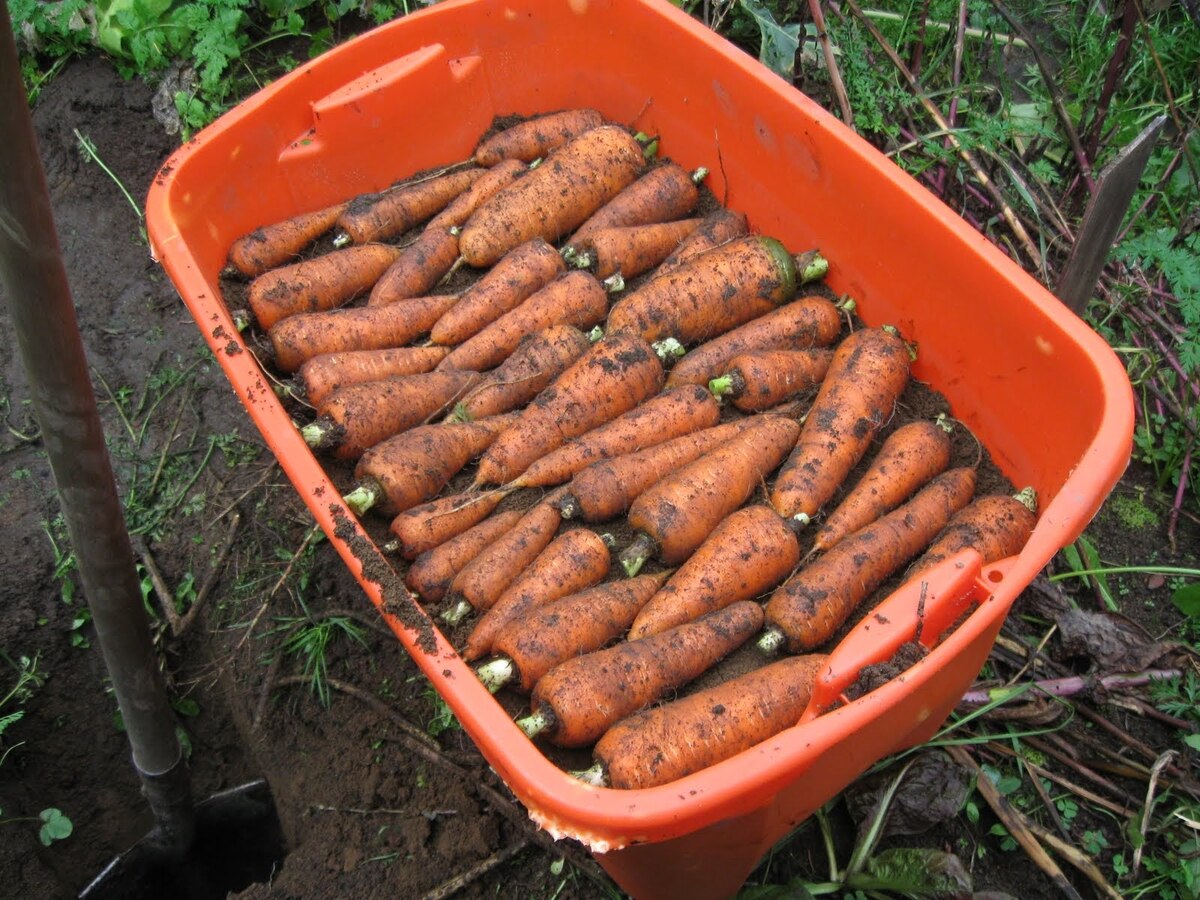
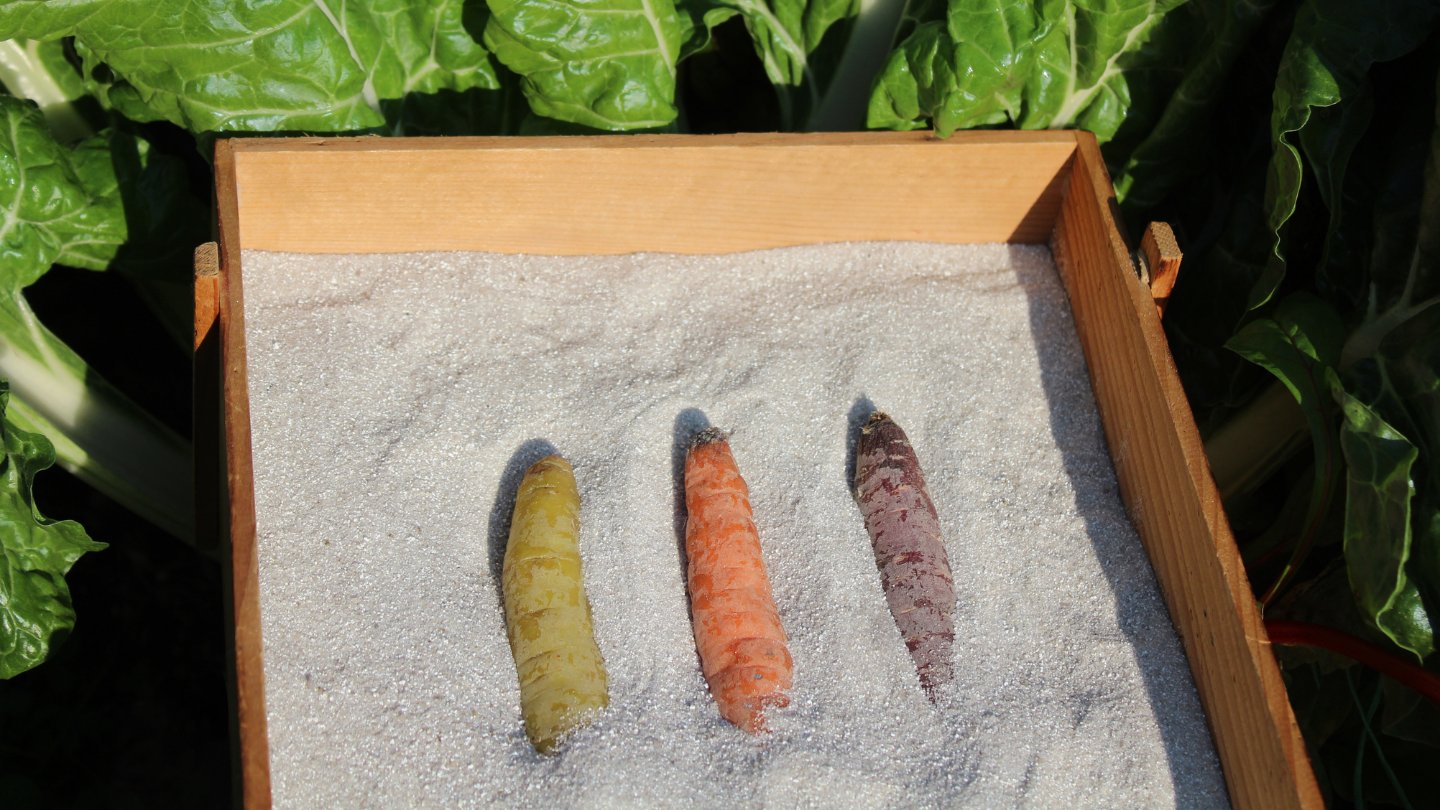
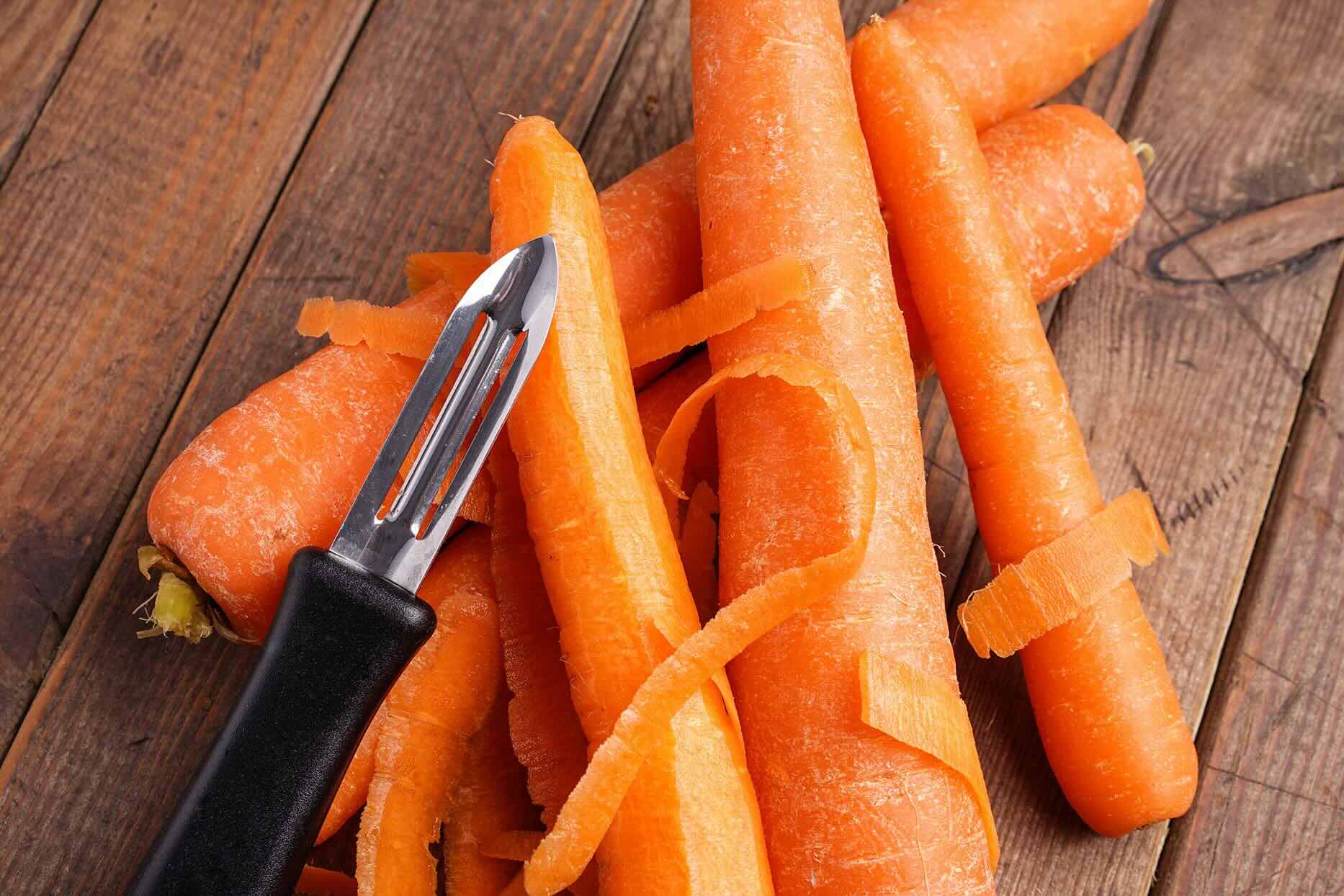
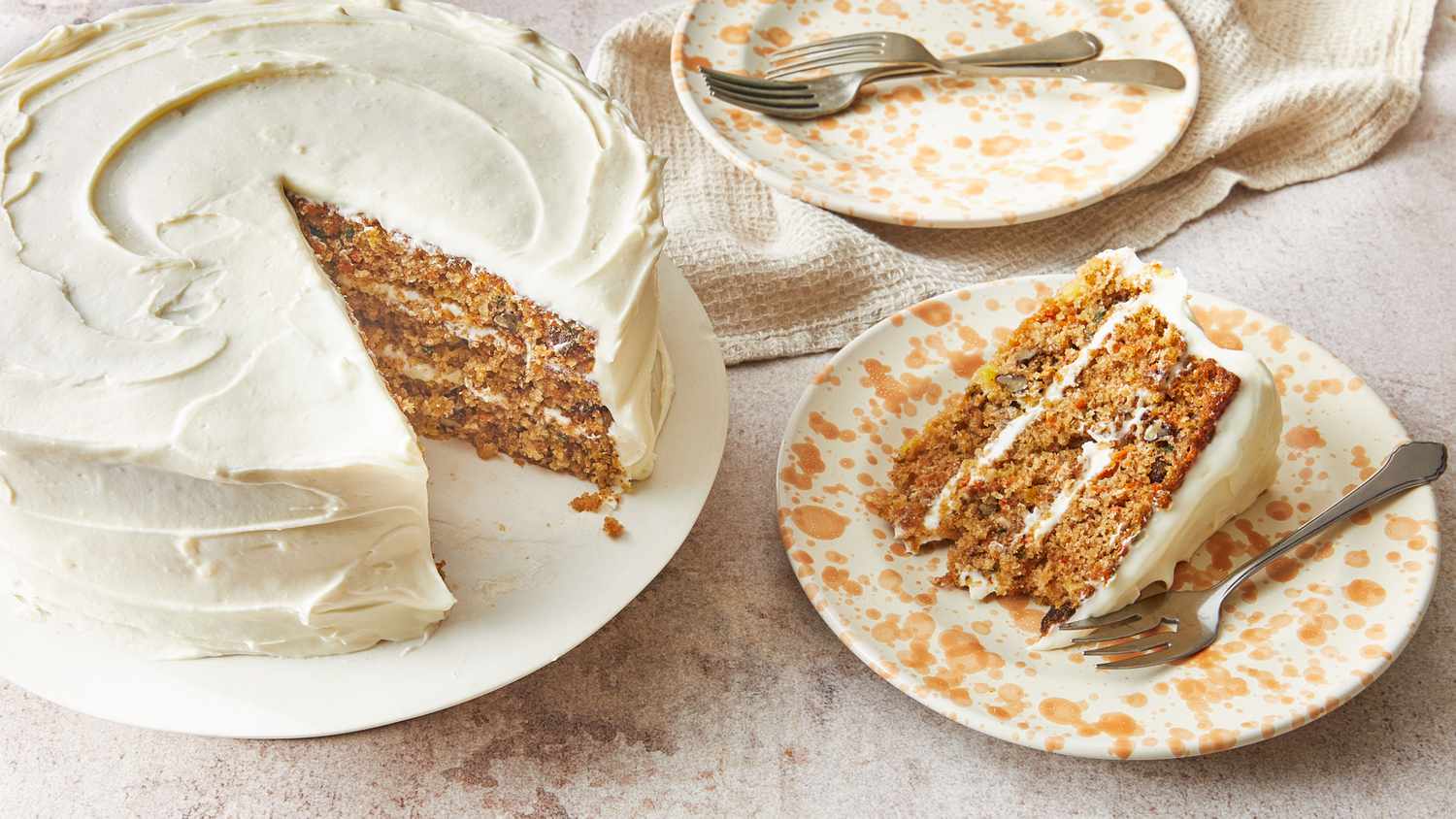
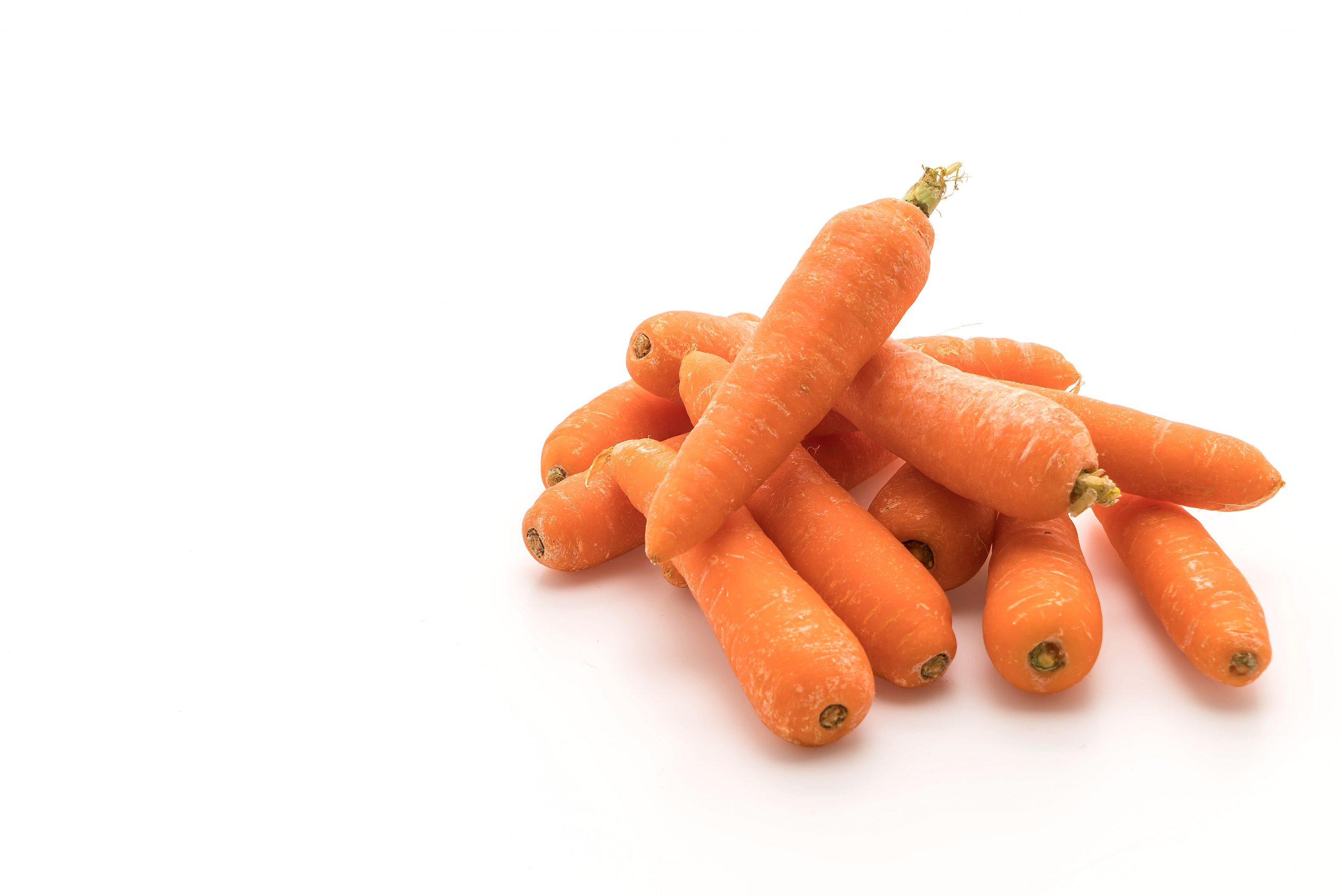
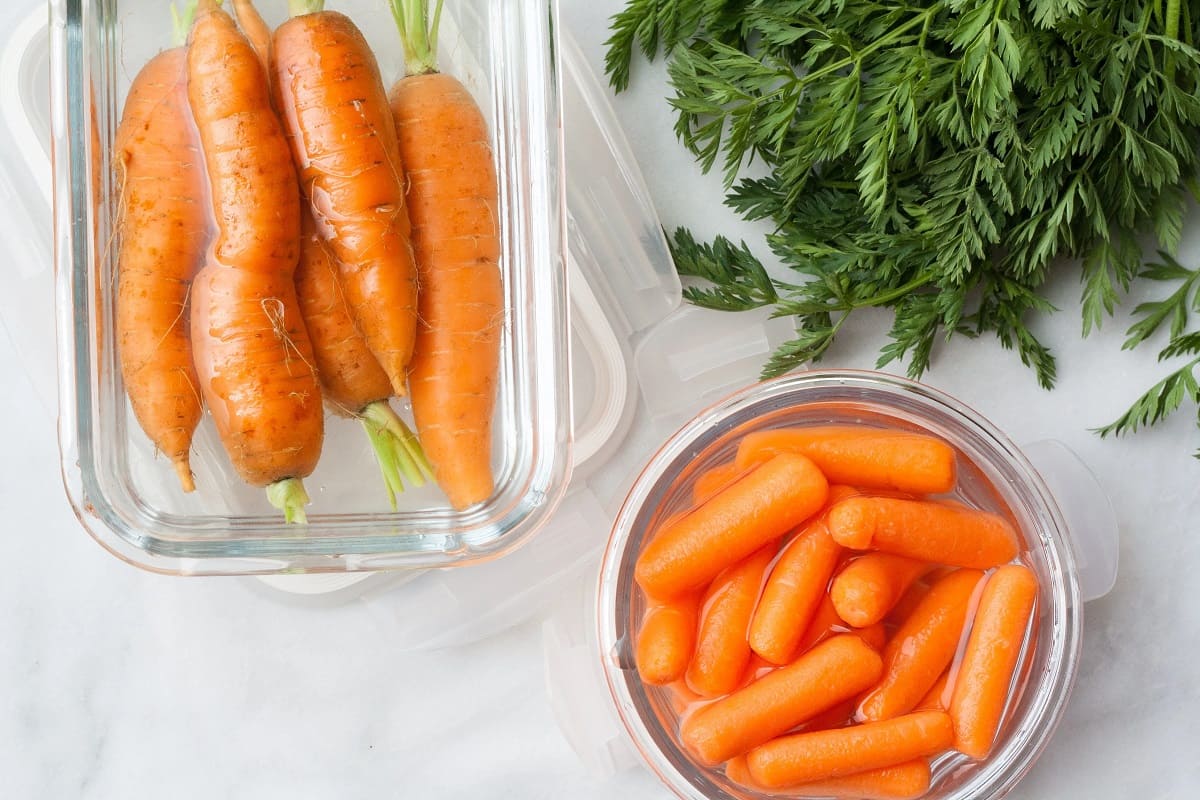
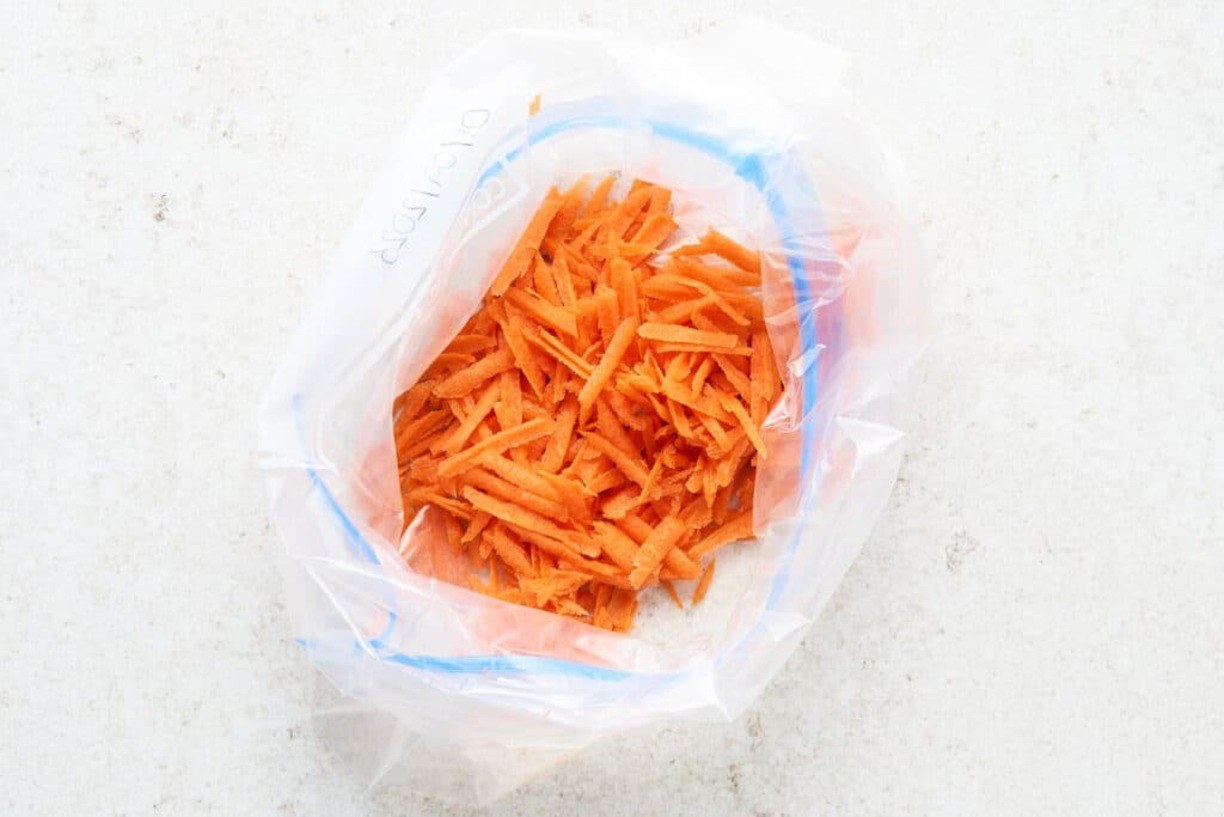
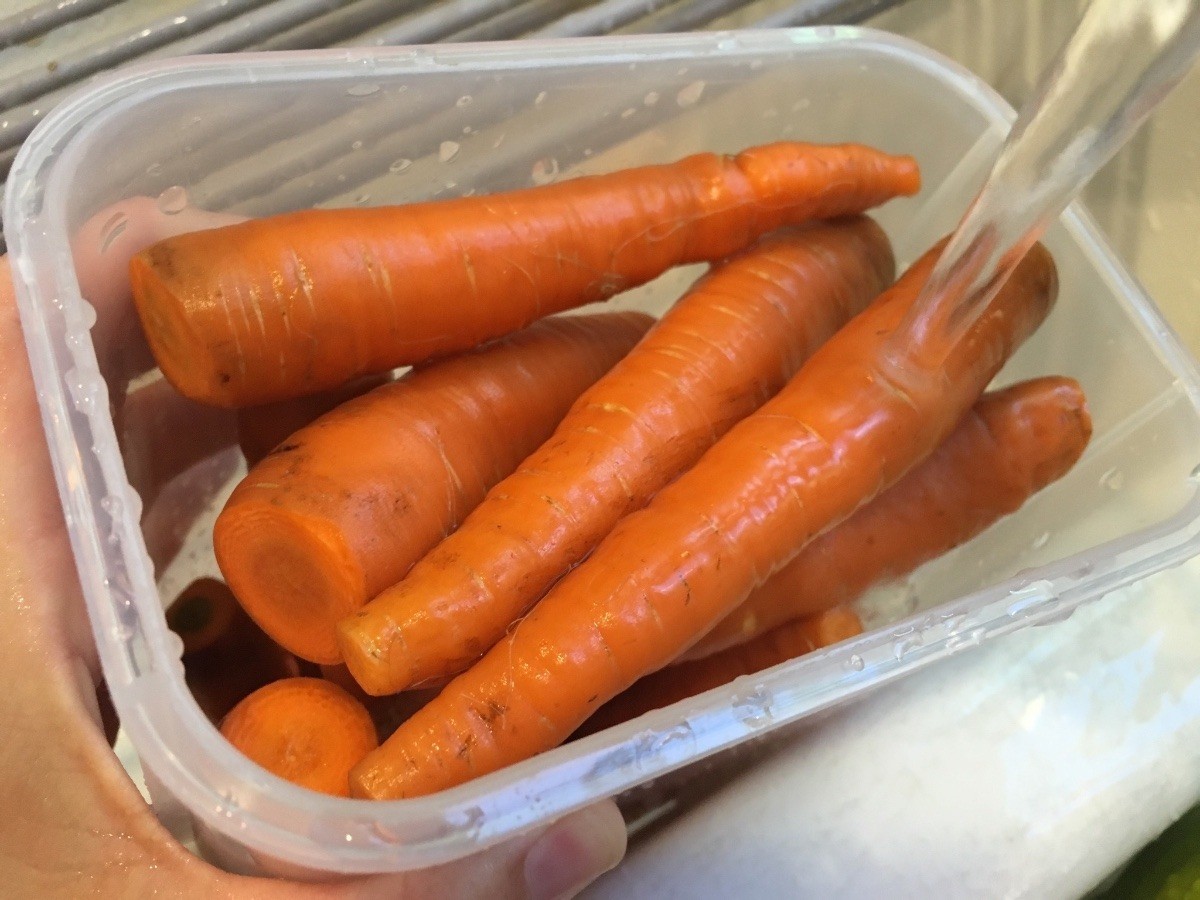
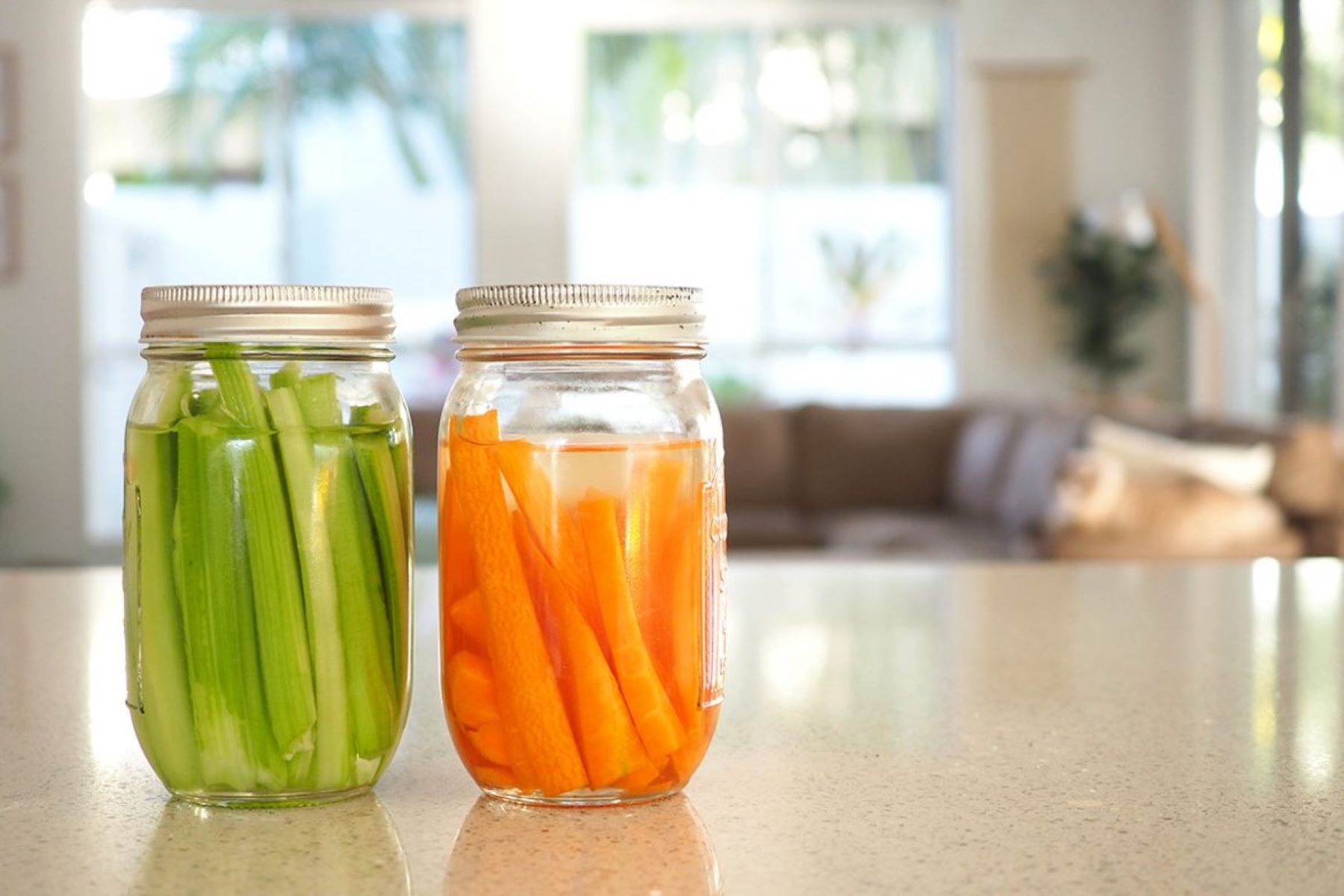
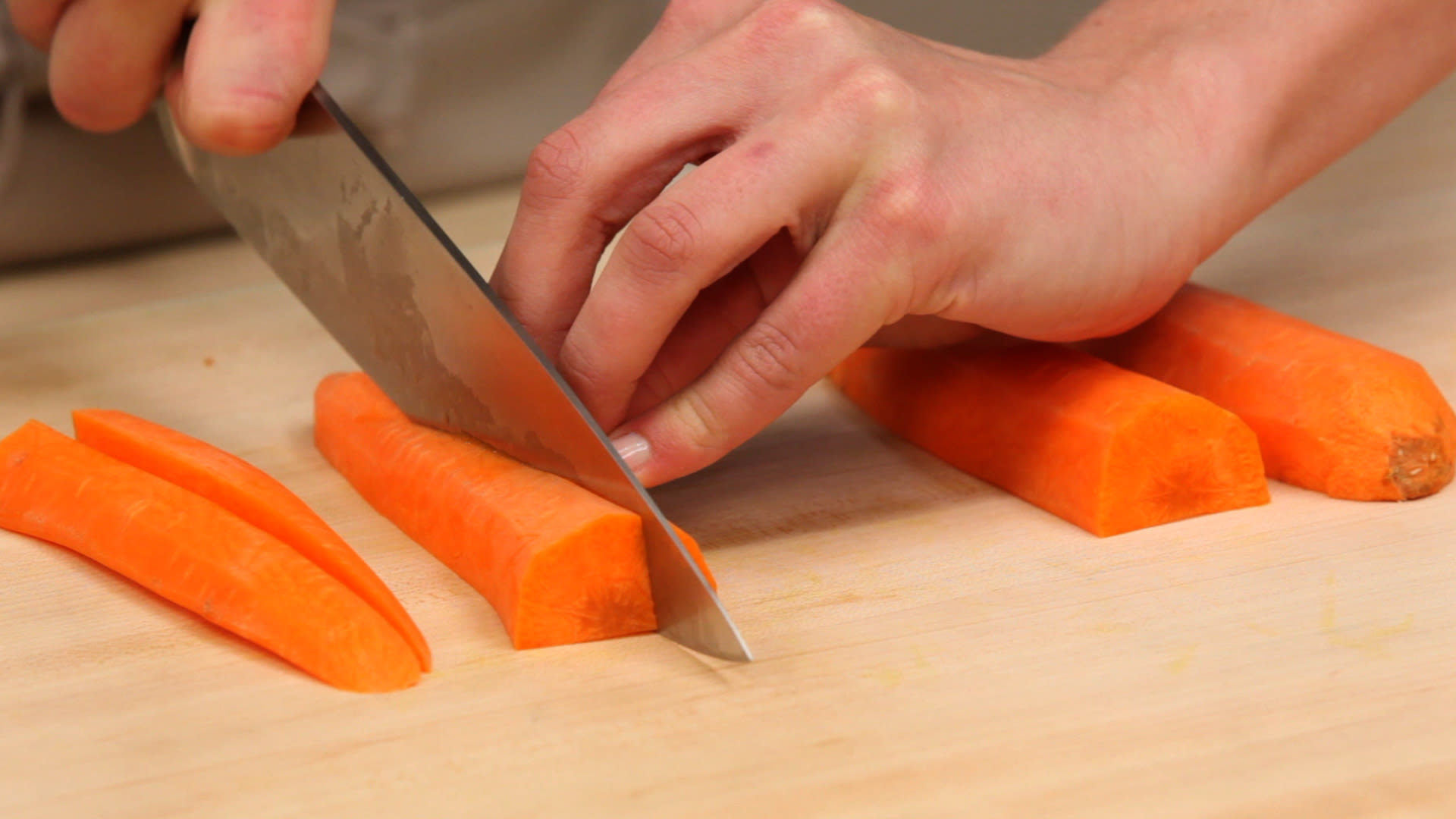
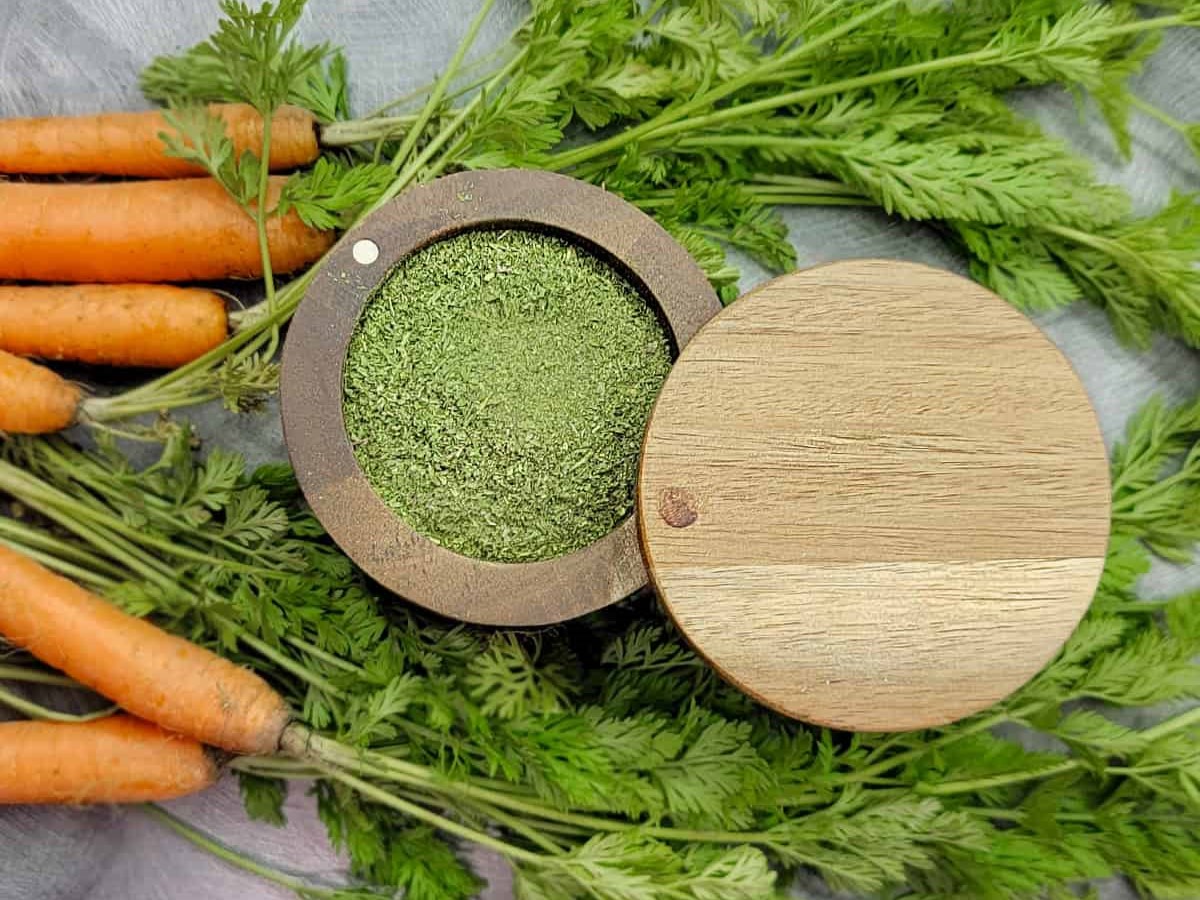
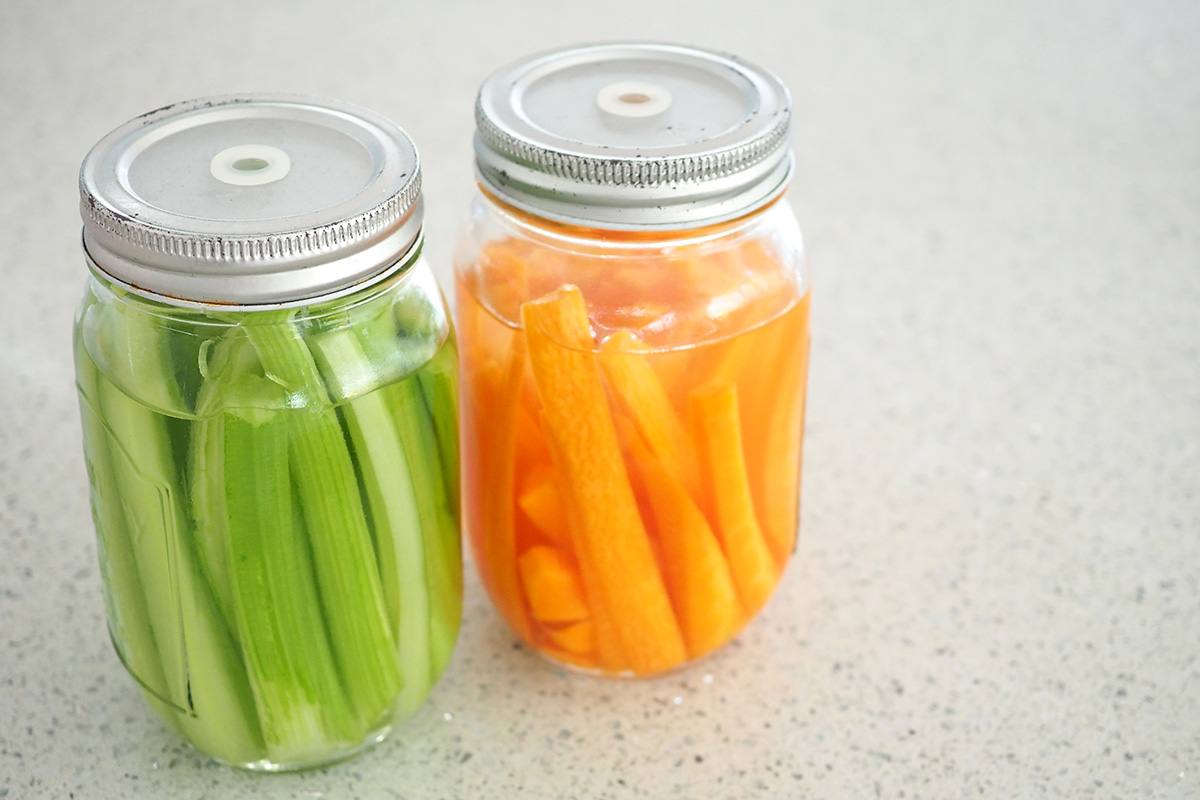


0 thoughts on “How To Store Freshly Harvested Carrots”